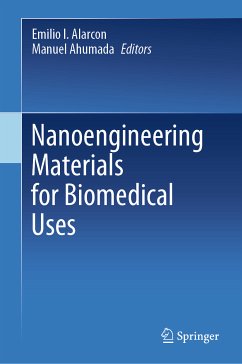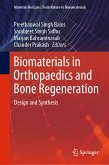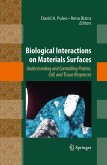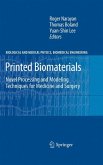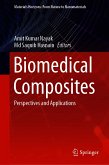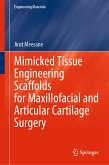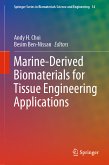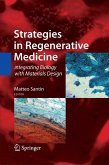¿This book fills the gap between fundamental and applied research in the use of nanomaterials in biomedical applications, covering the most relevant areas, such as the fundamental concepts of the preparation of nanostructures and regulatory requirements for their safe use in biomedical devices. It also critically discusses what has been achieved in the field, and what needs to be urgently addressed and reviews the state-of-the-art medical uses of nanomaterials for treating damaged organs and tissues.
Combining the expertise of clinical researchers working in the field of tissue engineering and novel materials, the book explores the main topics regarding the characterization of materials, specific organ-oriented biomaterials and their applications, as well as regulations and safety. Further, it also examines recent advances, difficulties, and clinical requirements in terms of human bone, cornea, heart, skin and the nervous system, allowing readers to gain a clear and comprehensive understanding of current nanomaterial use in biomedical applications and devices, together with the challenges and future trends.
This book is a valuable tool for multidisciplinary scientists and experts interested in fundamental concepts and synthetic routes for preparing nanomaterials. It is also of interest to students and researchers involved in cross-disciplinary research in nanomaterials for clinical applications and offers practical insights for clinicians as well as engineers and materials scientists working in nanoengineering.
Nanoengineering Materials for Biomedical Uses is a valuable tool for multidisciplinary scientists and experts interested in fundamental concepts and synthetic routes for preparing nanomaterials. It is of also of interest to students and researchers in cross-disciplinary research in nanomaterials for clinical applications and will be of practical use for engineers andmaterials scientists working in nanoengineering and clinicians.
Dieser Download kann aus rechtlichen Gründen nur mit Rechnungsadresse in A, B, BG, CY, CZ, D, DK, EW, E, FIN, F, GR, HR, H, IRL, I, LT, L, LR, M, NL, PL, P, R, S, SLO, SK ausgeliefert werden.
Es gelten unsere Allgemeinen Geschäftsbedingungen: www.buecher.de/agb
Impressum
www.buecher.de ist ein Internetauftritt der buecher.de internetstores GmbH
Geschäftsführung: Monica Sawhney | Roland Kölbl | Günter Hilger
Sitz der Gesellschaft: Batheyer Straße 115 - 117, 58099 Hagen
Postanschrift: Bürgermeister-Wegele-Str. 12, 86167 Augsburg
Amtsgericht Hagen HRB 13257
Steuernummer: 321/5800/1497
USt-IdNr: DE450055826
Bitte wählen Sie Ihr Anliegen aus.
Rechnungen
Retourenschein anfordern
Bestellstatus
Storno

